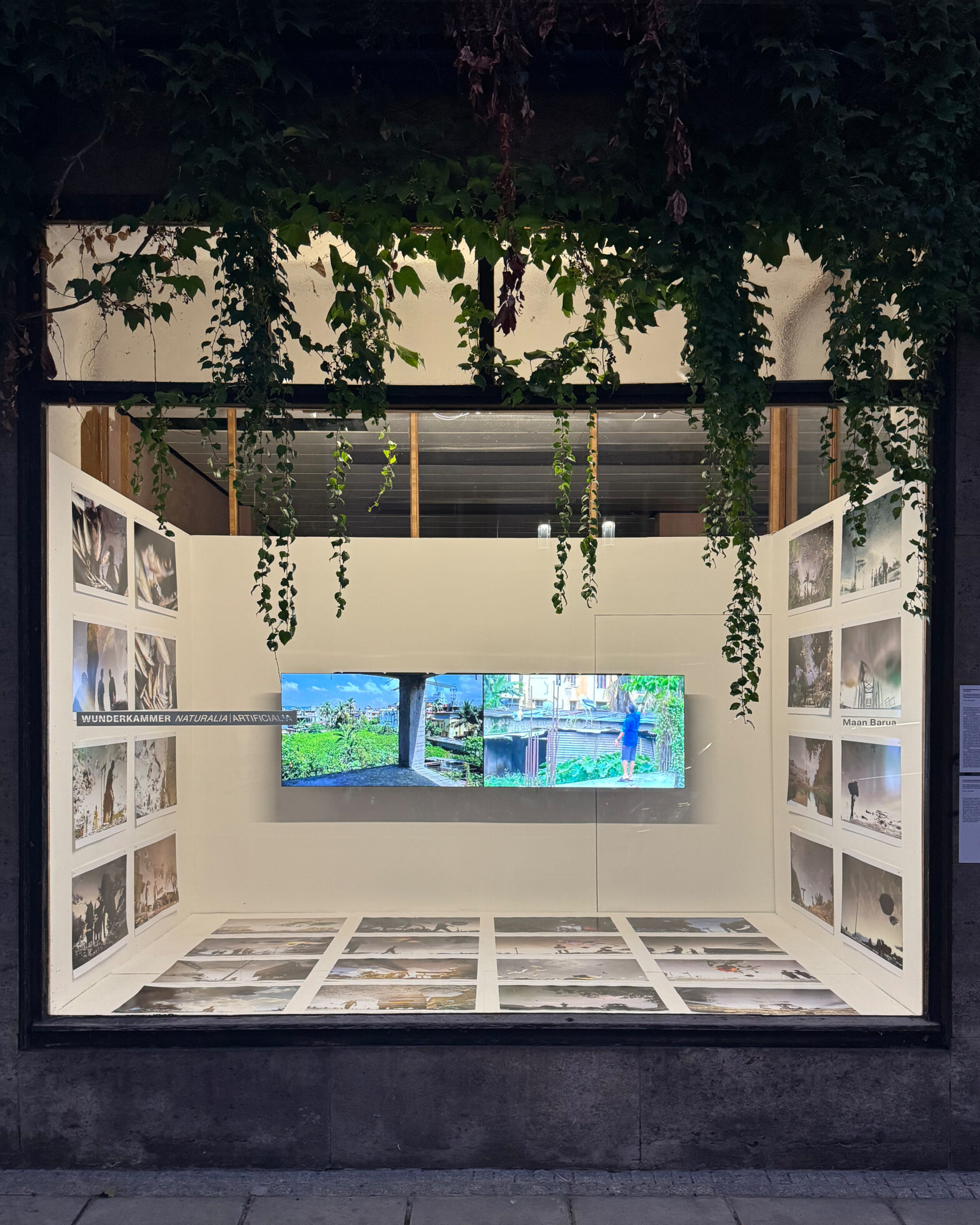This exhibition takes place in cooperation with the Kunstverein Neuhausen as part of the exhibition DESERTIFICATION and is part of a further collaboration with the Art, Science and Business Programme of the Akademie Schloss Solitude and the Offspace kunst [ ] klima.
Among the Bone Swallowers,
This two-channel videowork focuses on a dying fish market in the city, which was to be developed. However, the market building remained incomplete for close to ten years. Local residents repurposed the building for their own doings, and a few remaining vendors continued with their shops. The market, situated in a wetland, was home to the globally-endangered Greater Adjutant Stork, known as Hargila or ‘Bone Swallower’ in Assamese. Modes of conviviality forged with the storks tell a story of survival and of repurposing space amidst the failure of planning and amidst everyday flooding of the city. They signal ways in which livability is forged in metropoles of the Global South.
An Amphibious Urbanism
For those living in the wet urban margins, the future has already arrived. This is an existence between potential and ruin, between immiseration and opportunity, between what happens and what might.
Our accounts of the urban derive from the solid and from ground. Wetlands – and wetness – are relegated. Yet, cities around the world, from Berlin to Bombay, Chicago to Kolkata, have been built on wetlands. Uneven access to water and, at the same time, chronic flooding are crucial dilemmas of the contemporary city, especially in light of changing climate and planning failure.
This work develops a new optic for thinking about the metropolis of today,
one centered on the amphibious: life (bios) in its surrounds (amphi-). From Guwahati, a city of 1.6 million people in Assam, northeastern India, it reveals an emerging politics of city-making in which wetness is at the centre. The city expands, not through planning but plotting: an auto-construction of the urban by its inhabitants. Wetlands are filled incrementally. Drainage infrastructure is piecemeal. Surplus water continually emerges elsewhere. Flooding is endemic.
Those living in the wet margins are subject to continual onslaughts, largely to pave way for a speculative housing market. Forced evictions and rendering people homeless have become the grammar of urban expansion. Wetlands have become grounds for dumping garbage: a form of molecular colonialism that renders the surrounds toxic. Contaminants induce algal blooms and trigger episodic fish deaths, constraining livability. The images reflect the fractured skin of the city, of an urban under the duress of disruption.
At the same time, an amphibious optic opens up potentials for other forms of livability. The straight lines of urban planning are smudged. What matters are generative failures. Those facing onslaughts from the state-capital nexus invent possibilities to remake the urban otherwise. The images ask the viewer to contemplate on how the urban might mutate. Is becoming amphibious – to survive in mediums of air and water – a possibility for dwelling in a future that is already here?
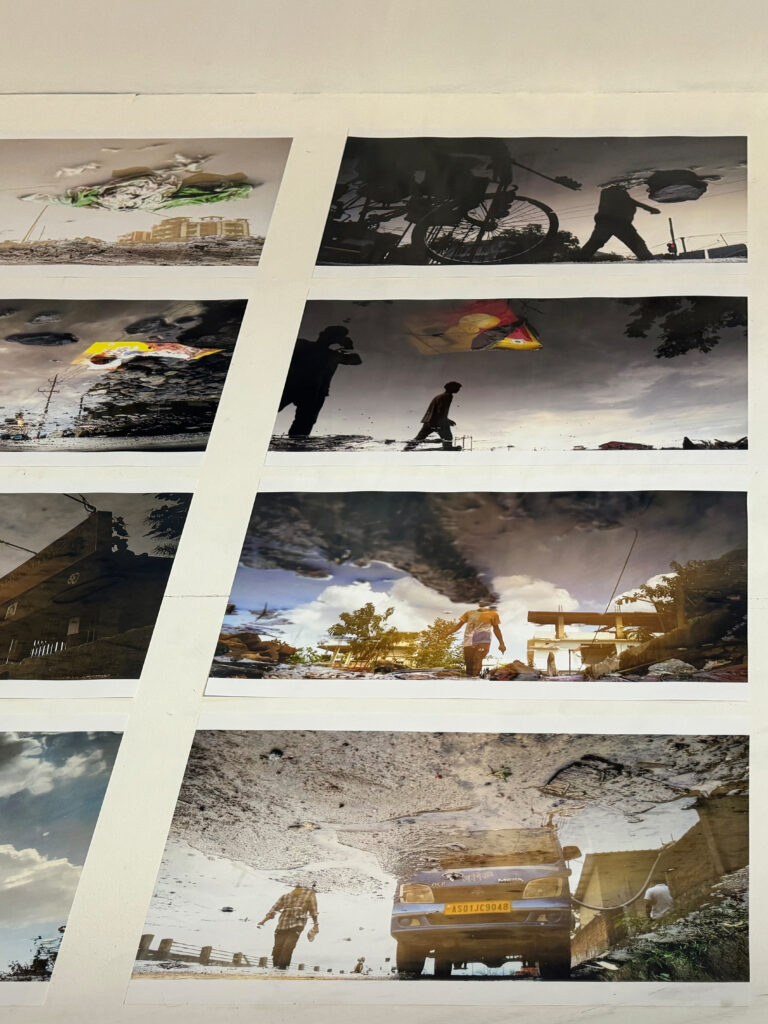
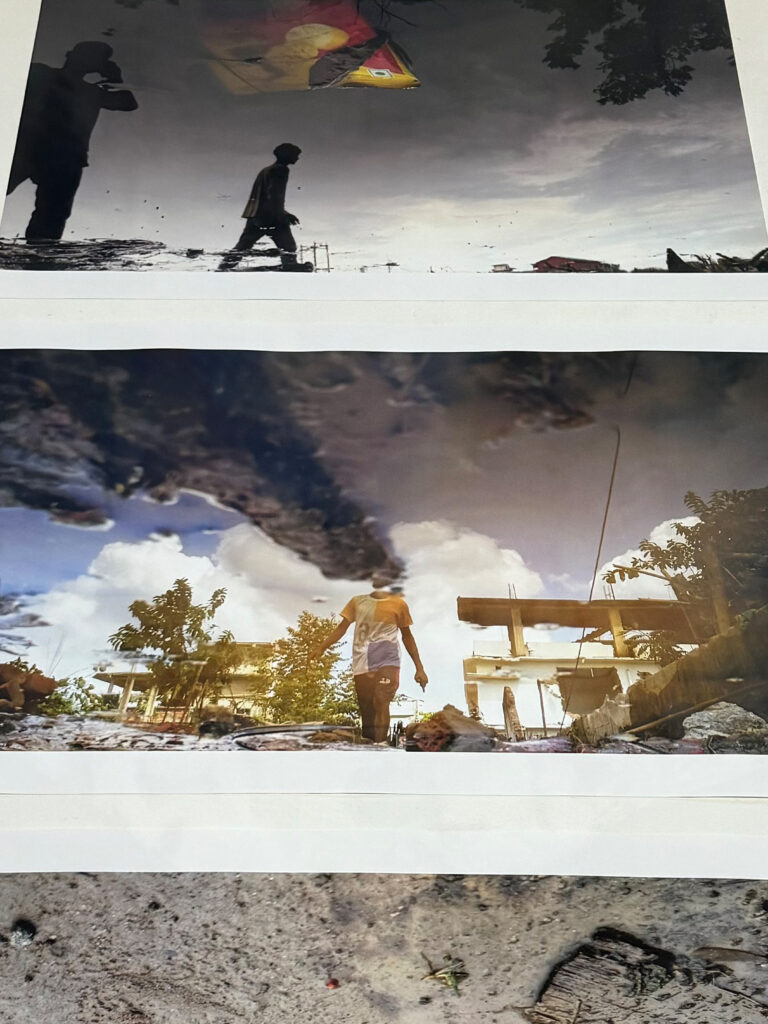
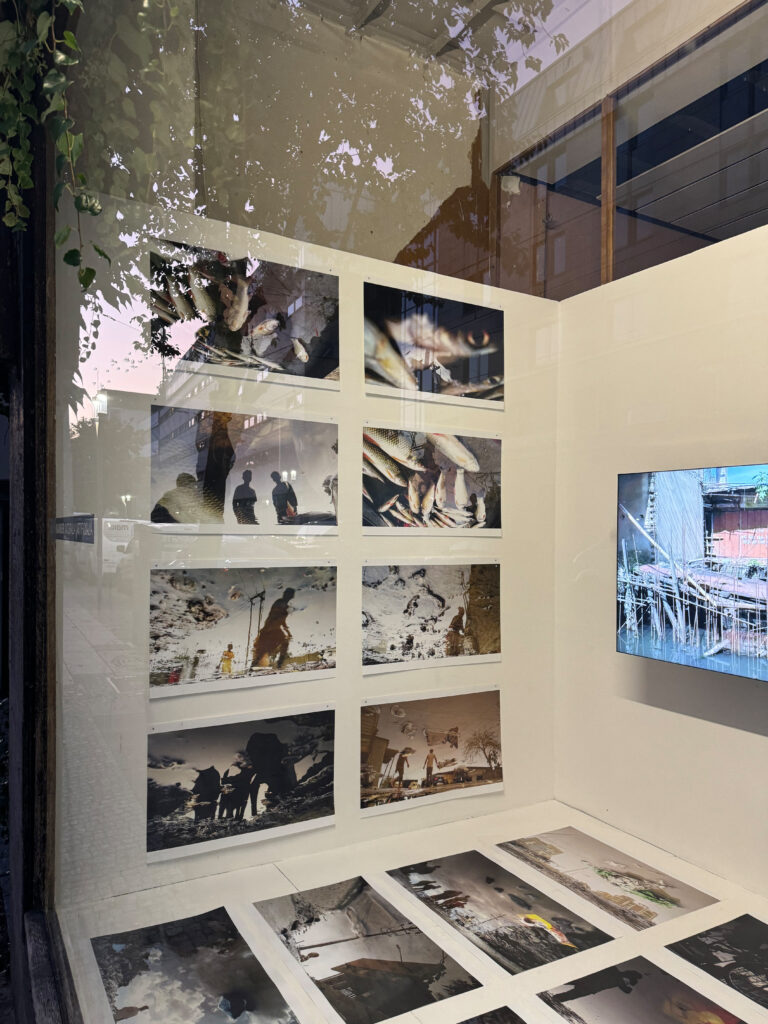
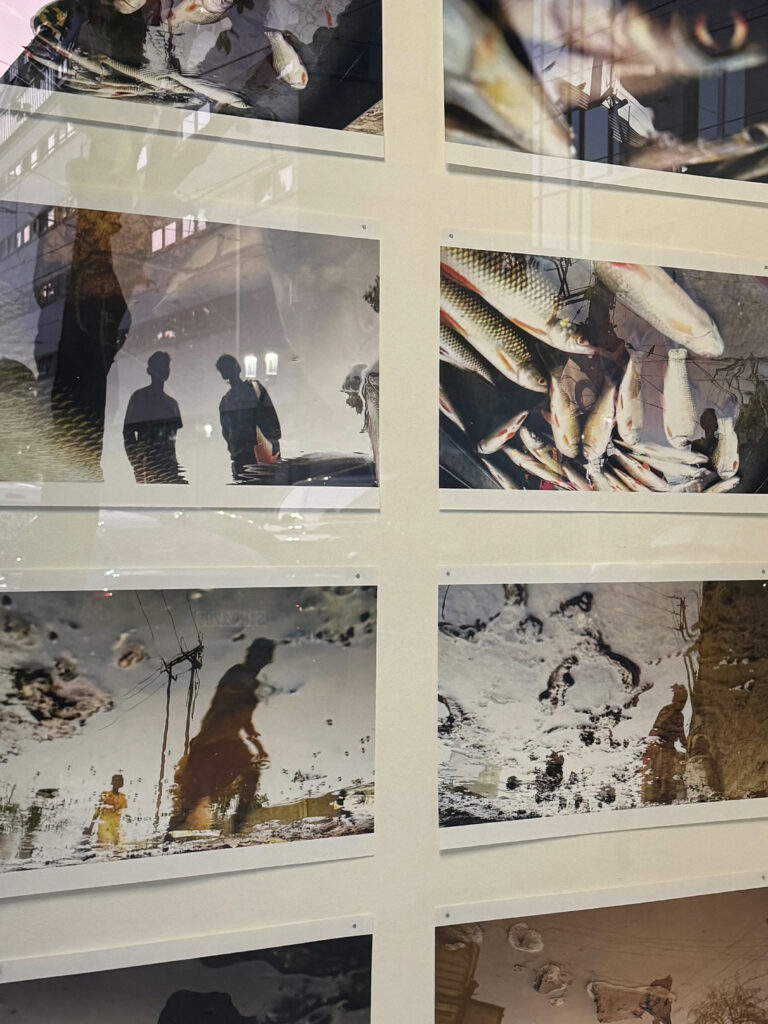
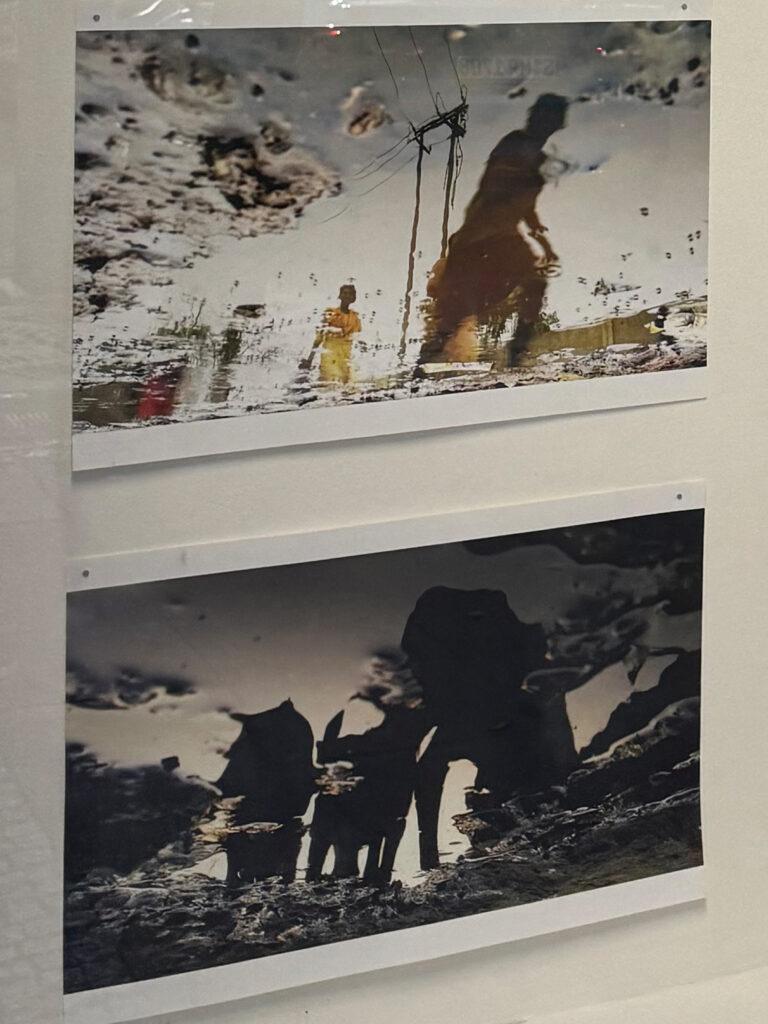
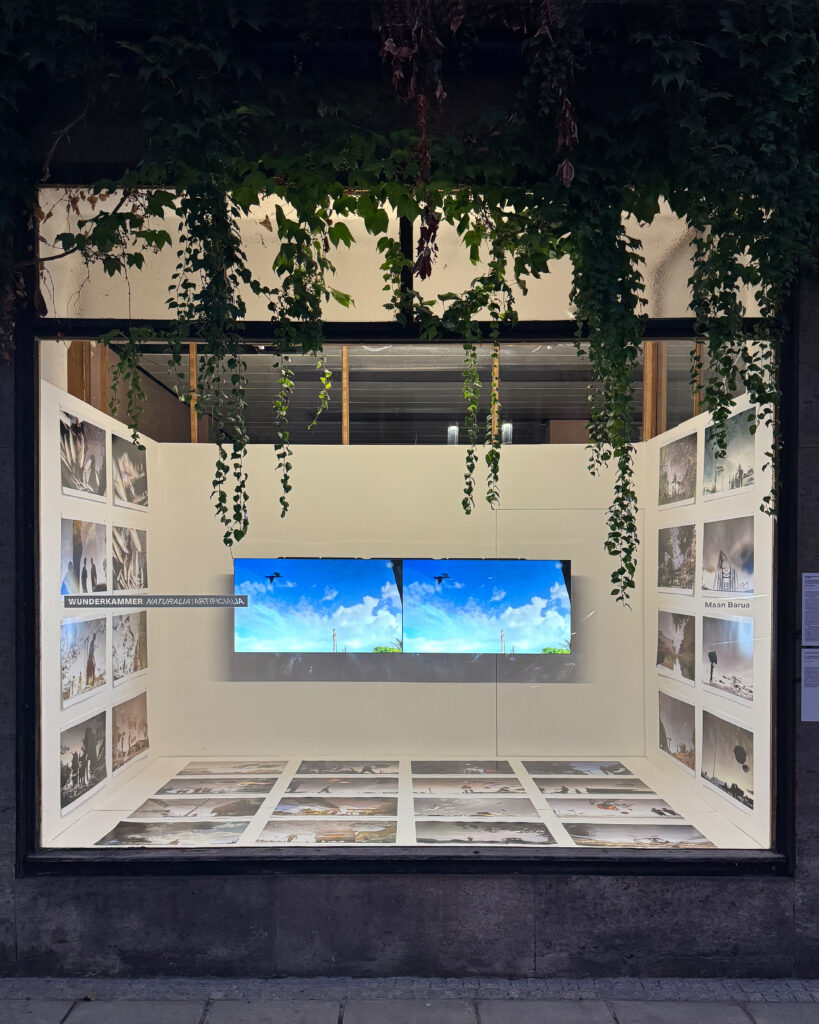
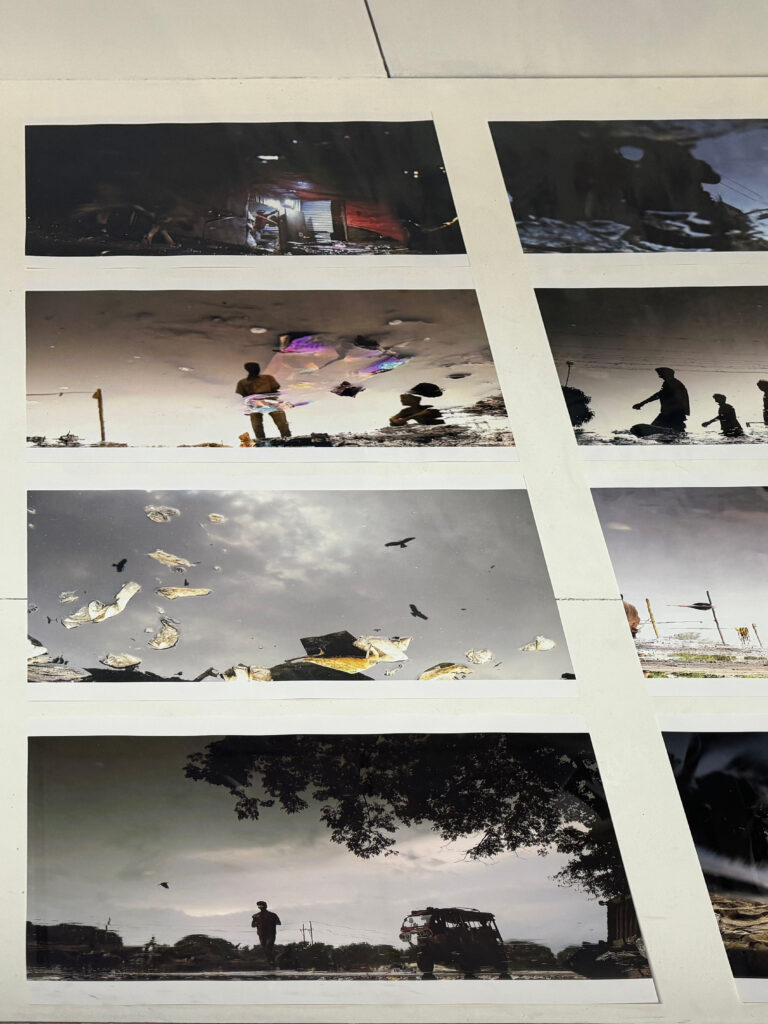
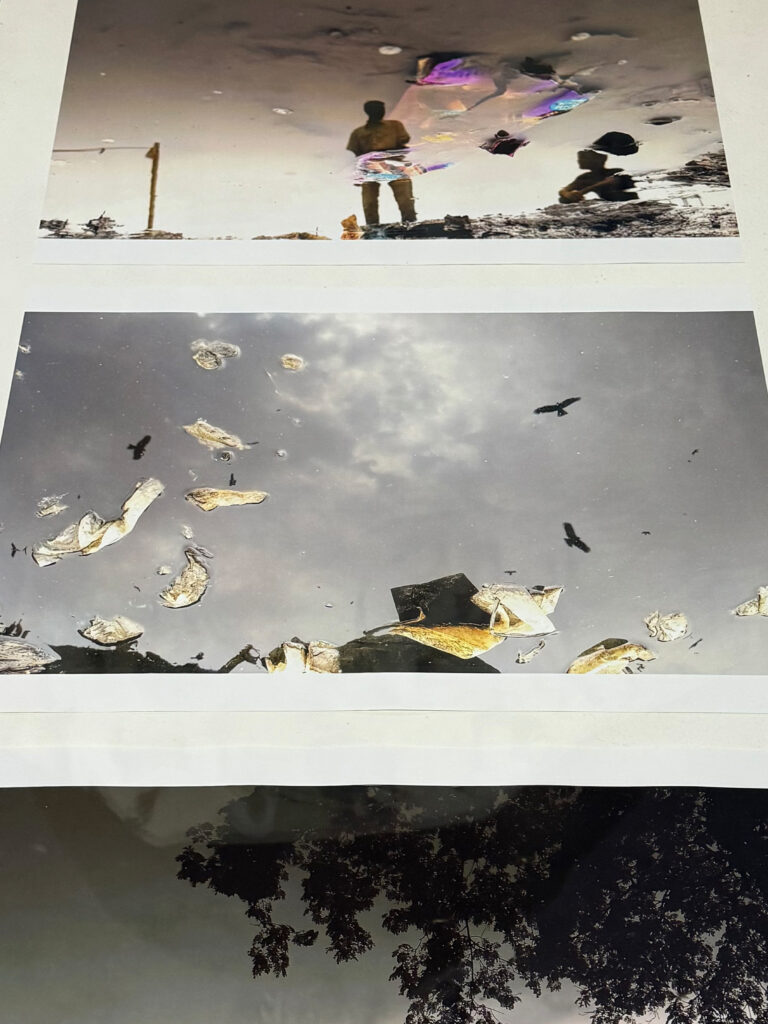
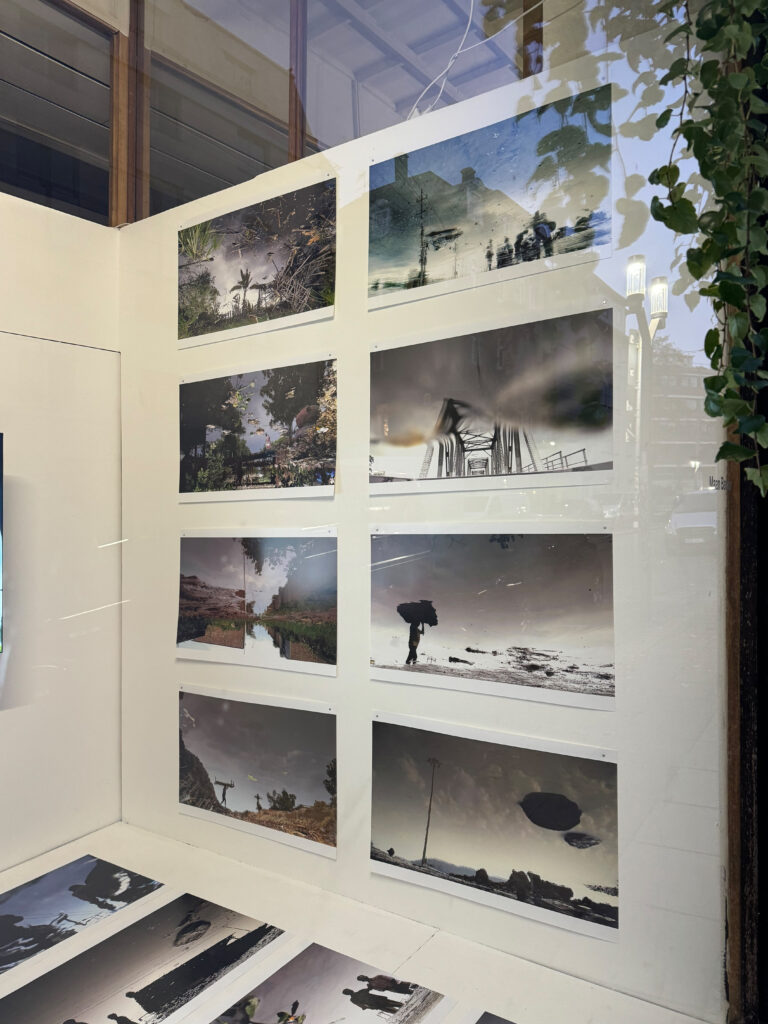
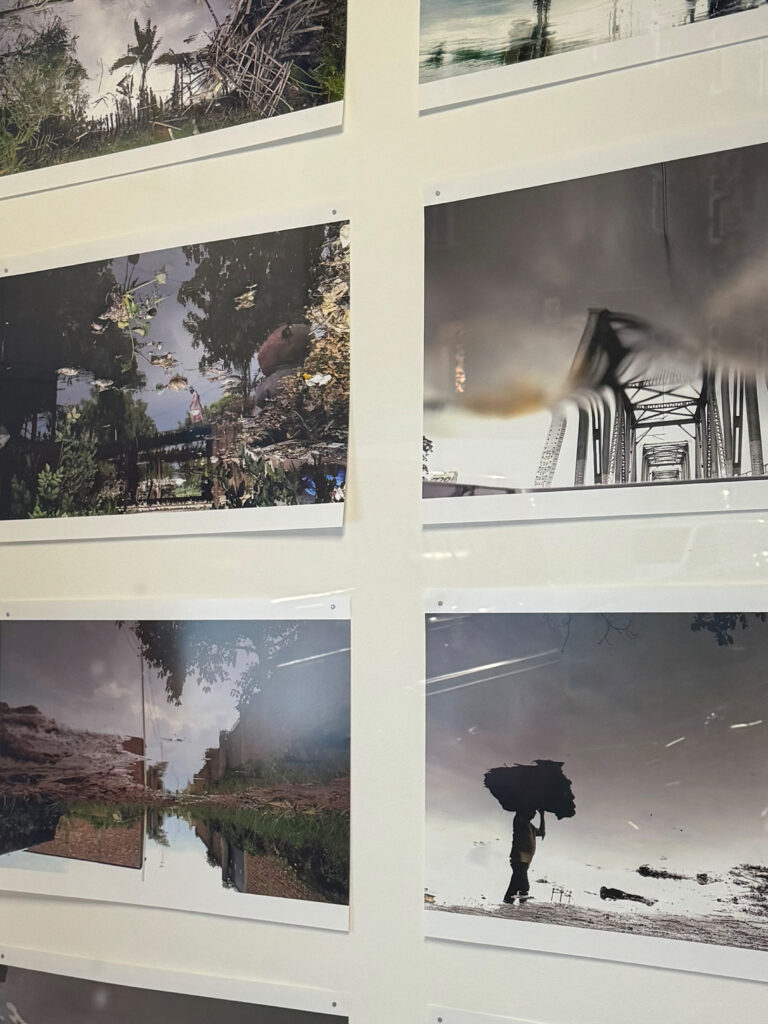
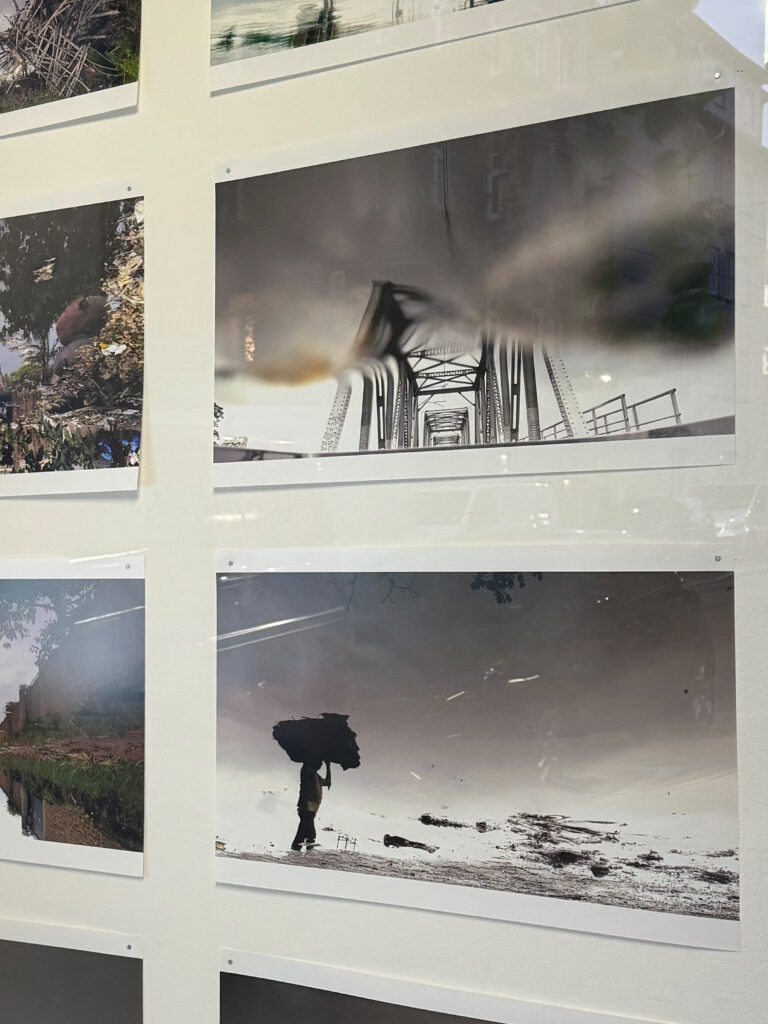
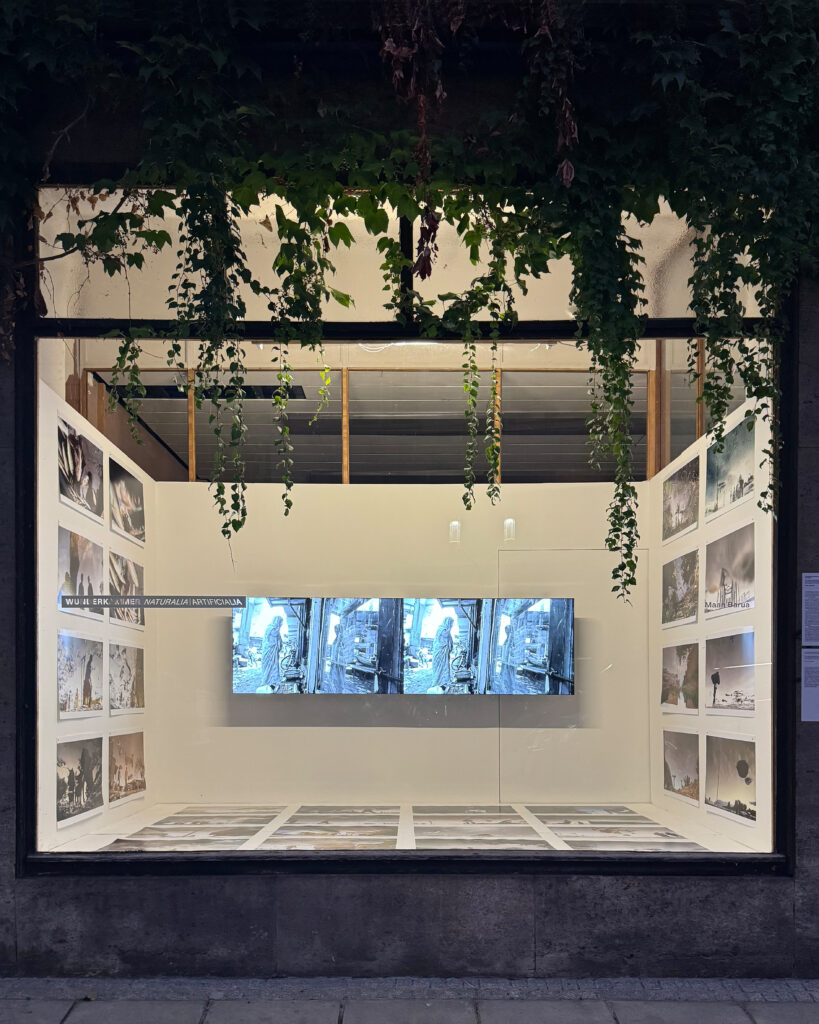
This work was enabled by the European Research Council Horizon 2020 Starting Grant Urban ecologies: rethinking nonhuman life in global cities project, Grant No. 759239)
With the kind support of Akademie Schloss Solitude, Kunstverein Neuhausen, kunst [ ] klima, Rosspartner Werbetechnik, Ritter Sport, GEISTUNDGELD e.V., SV SparkassenVersicherung, Wüstenrot Stiftung and Kulturamt Stuttgart

